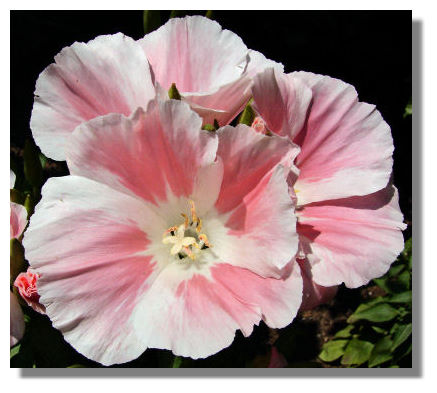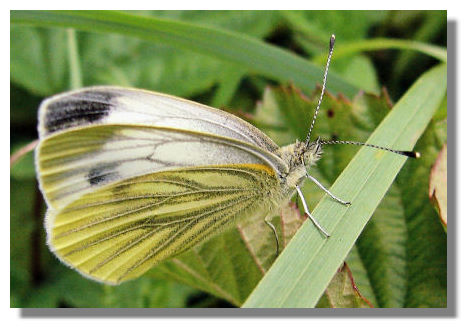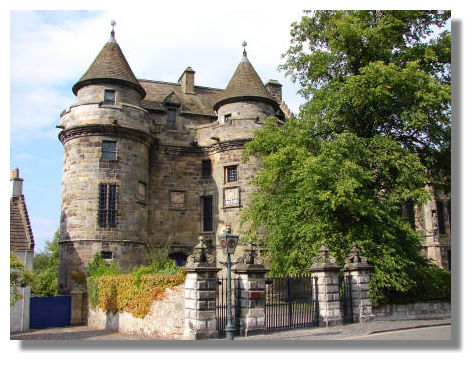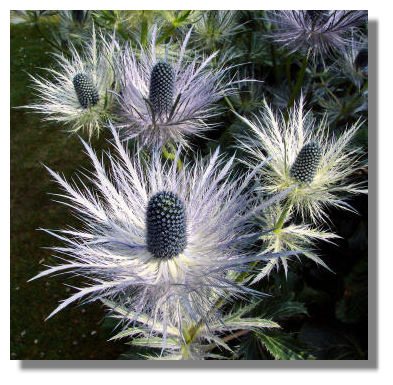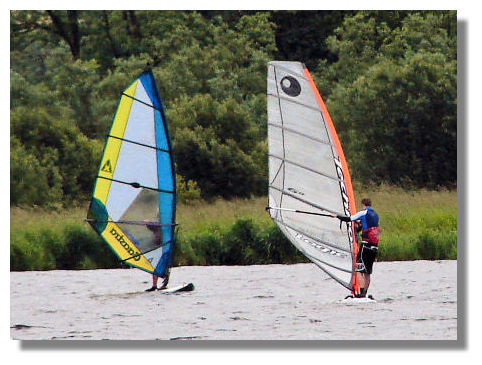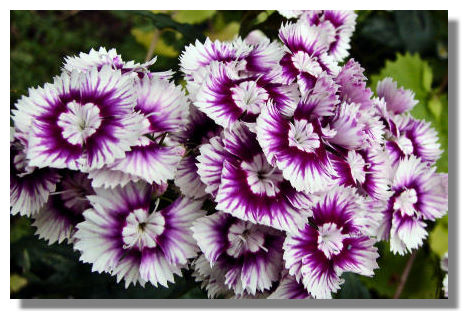Each week the Rampant Scotland Newsletter includes a number of photographs which illustrate the weather, flora and fauna of the current week around Scotland. There are so many such graphics worth including that a separate "colour supplement" is created so as not to totally overload the Newsletter. Here is this week's crop!
The fluted, papery petals of Godetia come in a wide variety of colours and provide a bright display in any border. These ones are growing in my own garden - I have to look out for them in the garden centres in the spring, as surprisingly they are not always stocked as Godetia seem to have gone out of favour in recent years.
The bird sanctuary at Lochwinnoch is not just about our feathered friends. There are wild flowers, frogs (you have to watch where you step as there are lots of tiny ones), dragonflies and mayflies and, of course, butterflies - though 2006 has been a poor year for these, so far. This is a Green-veined White Butterfly.
If you want a photo like this of Falkland Palace, you have to wait until late in the afternoon as there are usually cars parked all along the street until the local shops shut and the tourists drift away!
Eryngium always remind me of a demented thistle that has been dancing too wildly at a Highland ceilidh (they are indeed part of the thistle family). The spiny bracts are a favourite of bees and wasps.
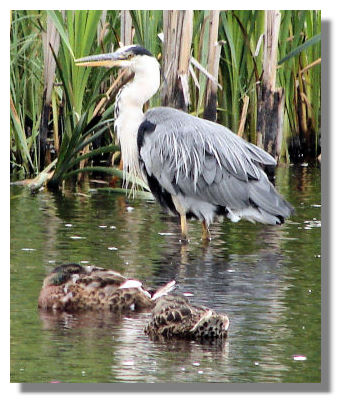
When this Heron landed among a group of dozing Mallards, I expected them to scatter in alarm. Not a bit of it. They are probably well used to it and just continued to dream on, their heads tucked under their wings.
This picture of windsurfing on Castle Semple Loch at Lochwinnoch is a reminder that there were strong winds on quite a number of days this week. As a result, even when the sun came out, it didn't feel all that warm due to the "wind chill" factor. The wind dropped at the end of the week and that helped to make it feel more like summer.
A member of the large Dianthus family, Sweet William is named after the infamous Prince William Augustus, Duke of Cumberland, a younger son of King George II, whose savagery after Culloden earned him the title "Butcher Cumberland". To this day, there are many in Scotland who will not grow this plant in their gardens.
If you want to look back at earlier editions of this Colour Supplement, there is an Index Page
